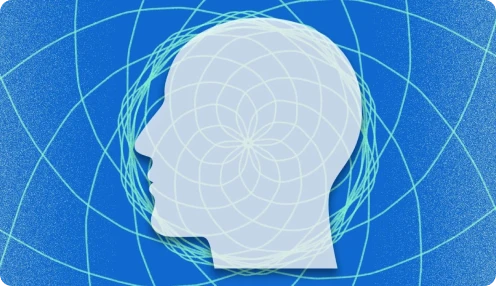
The Evolution of 3D Modeling
3D modeling, a crucial part of modern graphics and animation, has undergone significant transformation over the years. From rudimentary shapes and textures to complex and hyper-realistic models, the journey of 3D modeling is a testament to the advancements in technology. With the advent of AI, this evolution has taken a leap forward, allowing creators to achieve more with less manual effort.
AI in 3D Modeling: A Game Changer
The integration of AI in 3D modeling tools has revolutionized the way designers and artists work. AI algorithms can now understand design patterns, assist in creating more realistic textures, and automate repetitive tasks. This not only enhances efficiency but also opens up new possibilities for creativity and innovation in the field of computer graphics.
One notable application is in the realm of procedural generation, where AI algorithms can create vast and intricate 3D landscapes and cityscapes, a task that would be immensely time-consuming if done manually.
Challenges and Future Prospects
Despite the exciting advancements, integrating AI into 3D modeling is not without its challenges. Ensuring that AI-generated models maintain a level of authenticity and adhere to the artist's vision requires careful balance and oversight.
Looking ahead, the potential of AI in 3D modeling is boundless. We can anticipate more intuitive design tools, AI-assisted animation, and even AI-driven storytelling in 3D environments. The fusion of AI with 3D modeling is set to redefine the boundaries of what can be achieved in computer graphics.



